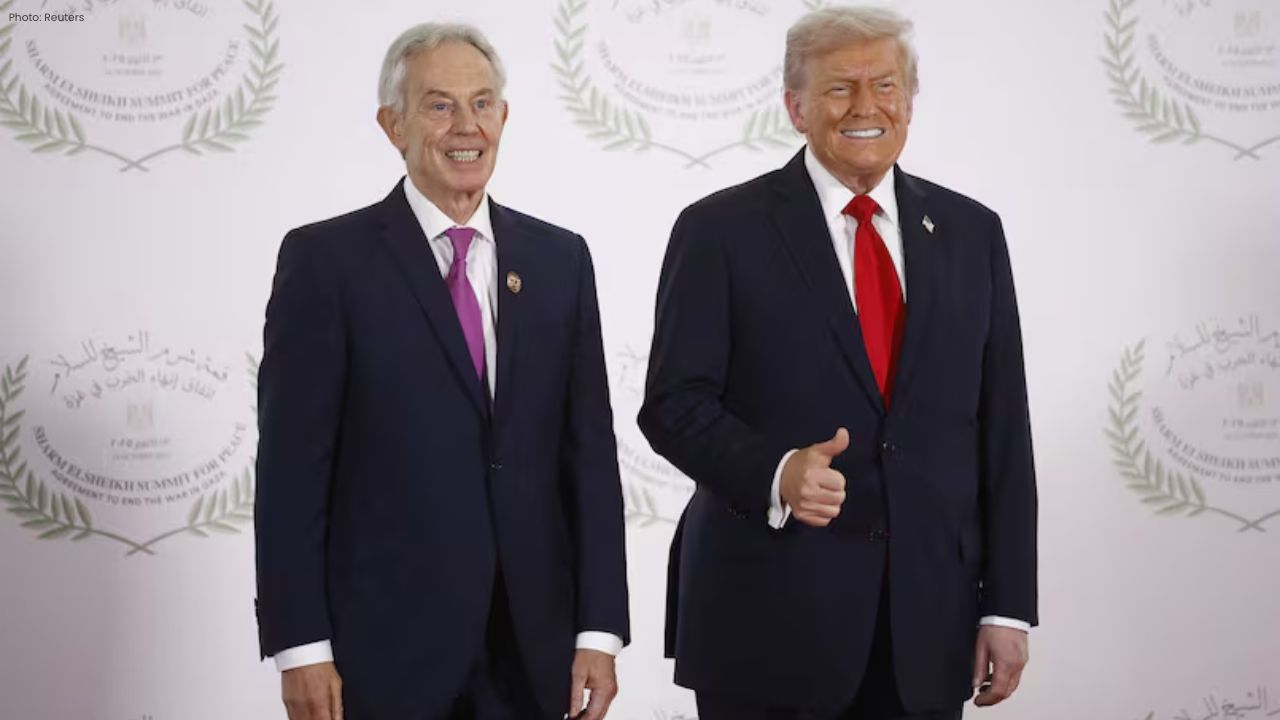
Salman Khan Steals Spotlight as Showstopper at Vin
Salman Khan stuns in black at Vikram Phadnis’ fashion show, celebrating 35 years of Vintage India de

One day after U.S. President Donald Trump proclaimed a “historic dawn of a new Middle East,” the ceasefire agreement between Israel and Hamas came under pressure. Both sides accused each other of violating the fragile accord, while global leaders scrambled to preserve the deal.
Phase 1: Stalled Progress
The initial phase of the peace plan aimed to halt fighting, increase humanitarian aid, and exchange hostages, returning all Israeli captives in Gaza in exchange for Palestinians imprisoned in Israel. However, by Tuesday, tensions had emerged on all fronts.
In Gaza, deadly clashes erupted as Hamas sought to consolidate control, executing individuals accused of collaborating with Israel. A veteran Israeli negotiator described the situation as “deep crisis mode,” stressing that the agreement “cannot be allowed to collapse at all.”
Recovering Deceased Hostages
Hamas returned only four of the 28 bodies of deceased Israeli hostages, prompting Israel to restrict the Rafah crossing between Egypt and Gaza and allow only half of the agreed 600 aid trucks. The militant group said locating all remains would take time due to extensive destruction in Gaza, where around 60% of buildings have been damaged or destroyed.
Ela Haimi, whose husband Tal Haimi was killed during the Oct. 7, 2023, Hamas-led attack, expressed fear that her husband’s body may never be returned. “I have hopes for my country and my government that they will pressure Hamas with the help of the international community,” she said.
Despite this, President Trump declared that the second phase of the agreement had already begun.
The Challenge of Phase 2
The next stage of the plan involves Israel withdrawing further from Gaza and Hamas relinquishing its weapons—a significant challenge, as Hamas continues to exert authority in areas from which Israel has pulled back. Armed fighters patrol the streets, and videos of public executions have surfaced online.
Plans call for an interim international stabilization force, potentially involving up to 35,000 troops, but deployment details remain unclear. An adviser to former Israeli leadership warned that delays could lead to miscalculations and spiraling violence.
Rising Tensions and Casualties
Tensions escalated further on Tuesday, with the Gaza Health Ministry reporting seven Palestinians killed by Israeli fire, including civilians inspecting their damaged homes. The Israeli Defense Forces said they fired on individuals crossing the demarcation line set after the partial withdrawal.
Observers warned that if the ceasefire stagnates, continued control by Hamas and the IDF over separate areas could derail the peace process. The U.S. has deployed 200 troops to monitor and support the fragile agreement.
Since the Oct. 7 attack, over 67,000 people have died in Gaza, with most infrastructure, schools, and hospitals destroyed, leaving a massive reconstruction challenge.
Who Will Govern Gaza?
Immediate questions remain over Gaza’s governance. Trump’s plan proposed a “board of peace” to oversee local administration, potentially chaired by him and including international figures, though details remain vague.
A Palestinian lawyer and former legal adviser to Palestinian delegations criticized the plan as “another colonization, ignoring what the Palestinians themselves want,” noting that neither the Palestinian Authority nor the Palestine Liberation Organization was involved in the negotiations.
Global Support for Reconstruction
The United Nations Development Program confirmed that European and Arab nations, along with the U.S. and Canada, pledged $70 billion for Gaza’s reconstruction. While funding may provide long-term relief, the short-term challenge of maintaining ceasefire stability and governing the territory remains urgent.